obstacles and issues that may delay or stop TRUMP`S WALL...
One of Donald Trump's major election promises was the "Great Wall" between America and Mexico. The promise that was repeated repeatedly and had many fans.
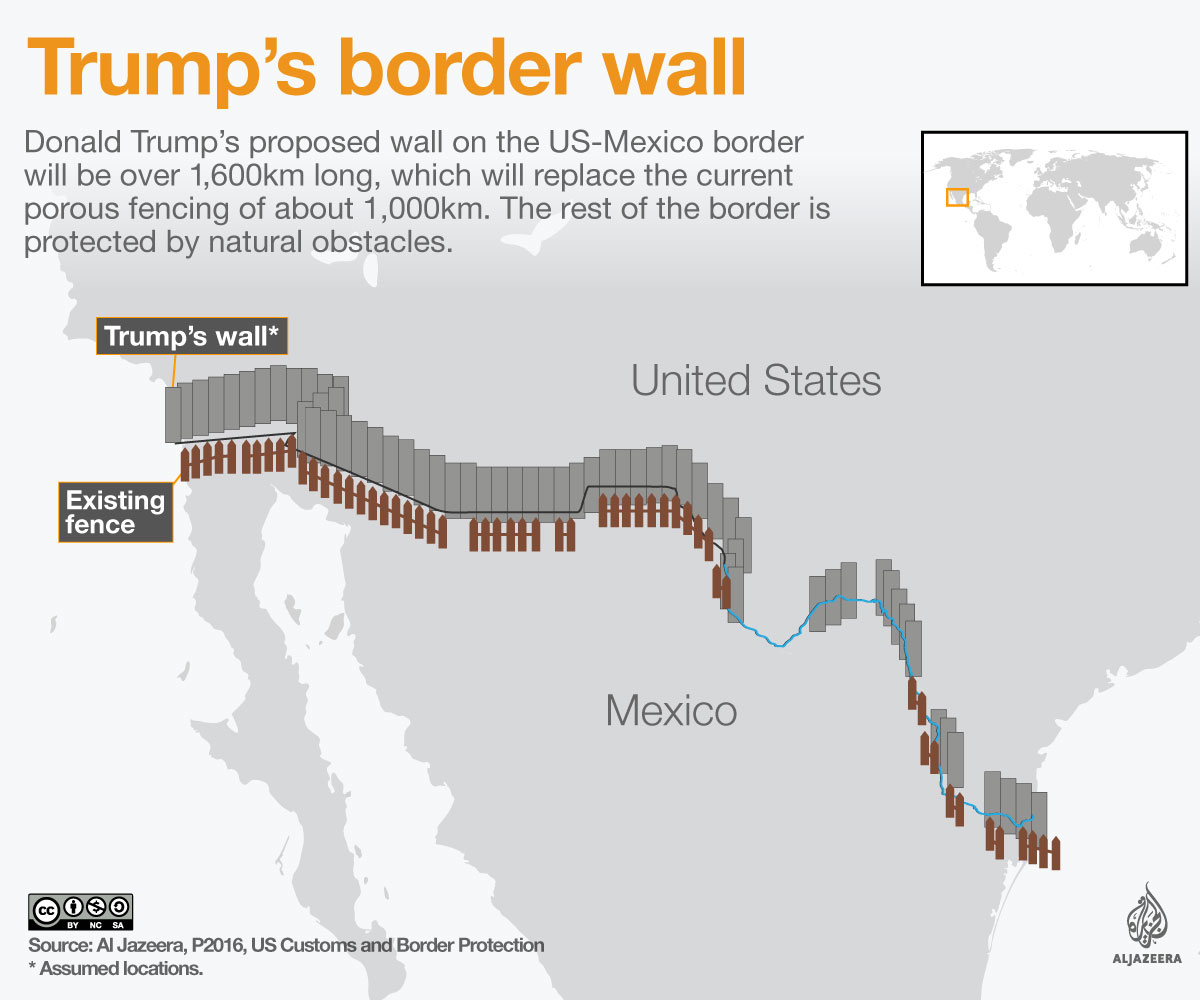
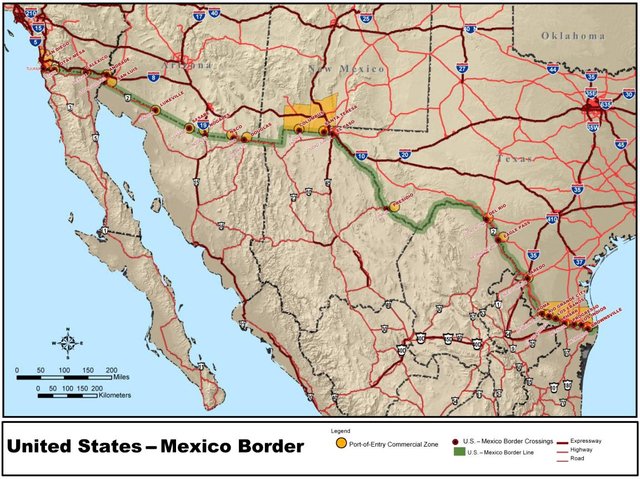
Mr. Trump is now President and wants to make his promise. Designers are asked to submit their plans. Several designs are scheduled for June to showcase their work in San Diego, California.
Mr Tramp says he wants to wall half of the 3100km US and Mexico border. The other half is normal, including rivers and mountains.
The problem here is that the wall should be drawn in a way that is not only uneven, which is the habitat of various animal species. While part of the land is Indian property or another private owner.
However, can this wall be built? In this report, we will mention some of the problems facing Mr. Tramp to build the wall.
1--
Starting from San Diego, California, in the west, to Brownsville in Texas in the East. Early, the route is relatively straightforward, but it overlaps with the direction of the Rio Grande's trail
In many parts of the border, it is defined as: the deepest part
Clearly, the wall is not easy to pull in the middle of the Rio Grande. But beyond that, there are legal issues as well. In 1889, a covenant was signed between Mexico and the United States, which prohibits the flow of water. According to the treaty, the wall must, as a rule, be dragged onto one of the two banks, which is obviously problematic.
The current frontier is far from the river, so that it is outside the flood. As a result, the fence with the geographical boundary (the deepest part) has a considerable distance.
American citizens living in these divisions actually live on the Mexican side of the fence, and are practically uncertain in the space between the two countries.
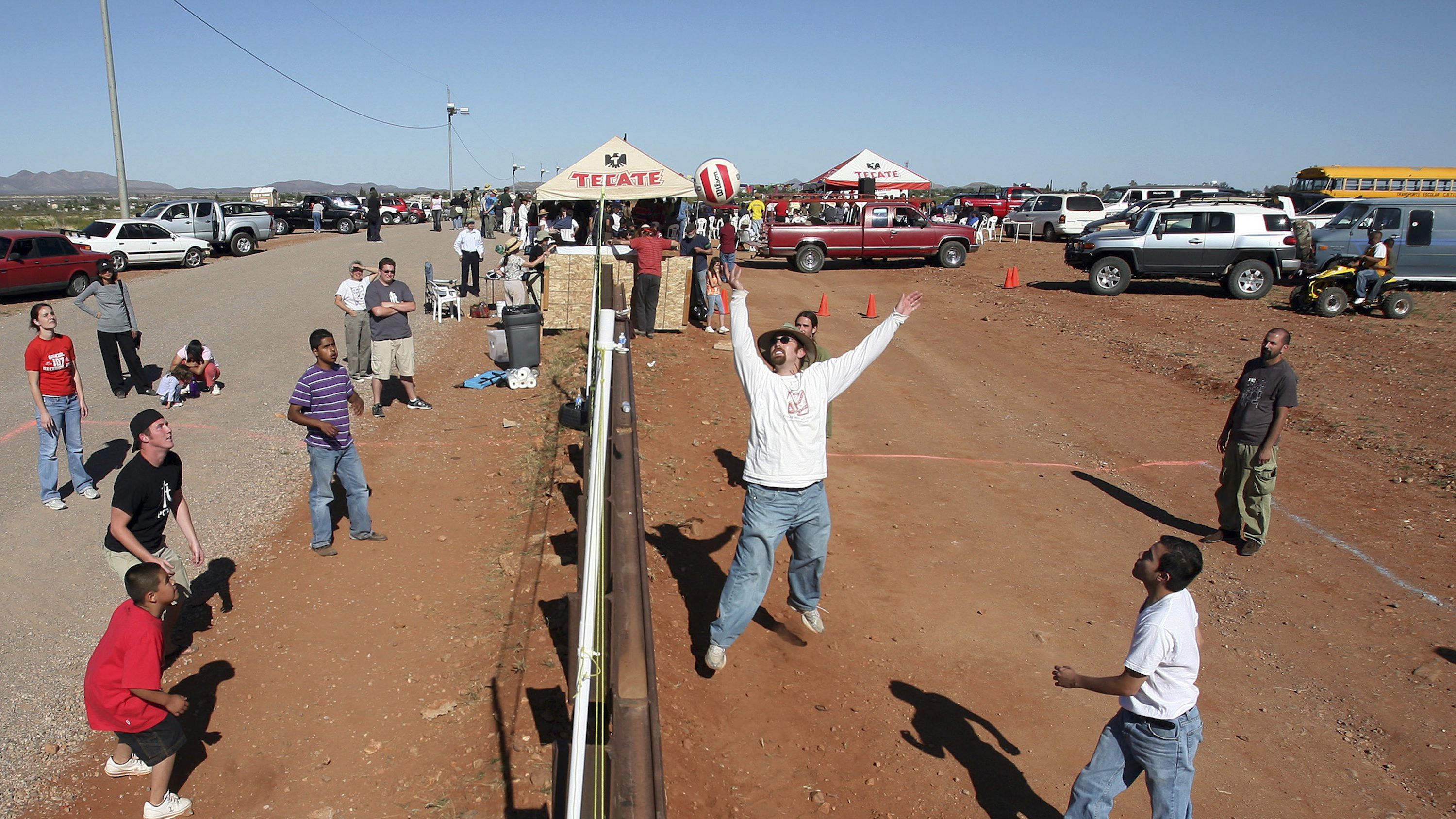
2 ---
The Mexican-American border also has mountains and deserts
Two-thirds of the American Southwest is by the river, but it extends beyond other environments - from the deserts of California and Arizona to the New Mexico Mountains
The eastern state of California is full of hills, called "Alleghenes". Algoodones is the largest American dunes ecosystem. In the era of George W. Bush, in this area dragged fences that work on the hills. They say "floating fence".
On the other hand, the state of Arizona and New Mexico have mountainous regions. The Coronado National Forest in southeast Arizona and southwestern New Mexico has several peaks over 2,700 meters.
It is practically impossible to drag this wall.
3 --- Wildlife
The center of America and Mexico has a fragile ecosystem that will be damaged by adding any new obstacle.
The wall freely disturbs the animals, whether for hunting, for moving or reaching water resources. Gray wolves, American leopards and buffalo hunt both sides of the border. Other animals that live on both sides of the border can refer to the Great Shepherd, Pelenghe and Bear.
Environmentalists say separating animals across the border not only reduces their genetic variation, which makes them vulnerable to diseases.
Protecting the environment is about 12 percent of the length of the US-Mexico border with the Big Island National Park in West Texas. The Big Beach National Park has thousands of plant and animal species. The number of species of some herbs and animals, including birds, bats and cactuses, is higher in the Big Bird Park than any other American park.
The Big Harbor staff worried that the wall would undermine its goal - which preserves the ecosystem of the Chiawa Desert for future generations - and destroys their relationship with their colleagues outside Rio Grande.
Jennet Zhardou, from the Big Bed Gardens, says co-working with Mexicans is vital to protecting the environment.
"If you look at the sky from the sky, you do not understand that the middle of the river is a political border, because it's one ecosystem protected," he says. But protection is subject to the cooperation of the two countries. "
Mike Davidson, from the Big Bed Gardens guides, believes building a wall or any other barrier will be "losers" that will reduce the people's desire to visit the park.
He says: "Why do you have to come to see a huge wall in front of these beautiful valleys and rocks?" Tramp told his campaign that the wall would cost between $ 8 billion and $ 12 billion. But many believe the cost will be higher.
The $ 1,000-kilometer fence taken under George W. Bush spent $ 7 billion. And this fence is not just the wall that Mr Tramp called "impervious", not tall and powerful, not beautiful.
Different official institutions have provided different figures.
Senate Republican leader Mitch McDonnell says the wall costs between $ 12 billion and $ 15 billion. But the DHS report estimates the wall costs between $ 21.26 billion and $ 25 billion.
Senate democrats say the wall can cost $ 70 billion, plus $ 150 million in maintenance and repair costs per year.
The final figure is unknown. But what's final is that building a wall is expensive, and its sources are unclear where it comes from.
In the US budget this year, with the government of Mr Tramp's administration in March presented to Congress, about $ 1.4 billion is dedicated to building the wall. It is estimated to be about twice that figure ($ 8.2 billion) in the 2018 Fiscal Year Budget, which begins October 1.
However, the Congress has not approved the allocation of funds for the wall this year (only to repair part of the old fence), and Mr Tramp has cut his request to $ 1.6 billion for 2018. One billion
Mr. Tramp first promised to wall more than 3200 kilometers across the entire border. But later he said 1600 km of the wall was dragged and the rest would be natural obstacles. In the case of wall height, different varieties range from 9 meters to 15 meters.
In March of this year, the Department of Homeland Security and the Customs and Border Protection Council announced more precise government specification.
He says that apart from complex construction operations, there are other things to be done, including measuring, buying land, pulling roads for access and more.
The government executor invites corporate walls to present their plans. FedBizOpps.gov In the definition of the project, the structure should be of reinforced concrete and "affordable". Furthermore:
Must be at least 5/5 meters high
Do not climb to the ladder or hook, and take at least an hour to pierce it.
At least 1/8 m on the ground is enclosed to avoid tunnel underneath
Match the surroundings and look cool on the north (inside the United States)
Gateways are 7.5 meters and 15 meters for pedestrians and cavalry
Alex Weinberg, a structural engineer from New York, told the BBC that the wall is not even hard to engineer, even in this aspect, because it does not require engineering at all. In his opinion, the only problem is managing a project of this magnitude.
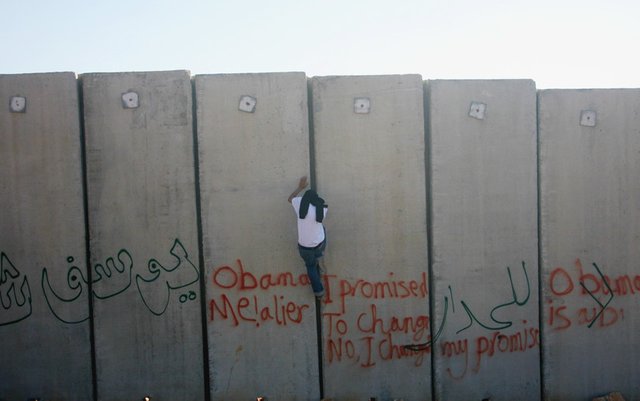
In his own words: "The main problem is logistics."
Prior to everything, the land should be evaluated and purchased from the landlords. Next, you need to be cut and construction materials ready. Moreover, as a large part of the project is being implemented in remote areas, new roads have to be built and provided for the workforce in the residence project and the possibility of travel and medical treatment.
As Mr. Weinberg says, "the snail will work fast."
As part of the government's demands, it is possible to have segments that are transparent or can be seen in concrete walls in order to allow officers to measure their position.
It can be guessed that the government thinks of materials other than concrete. John F. Kennedy, retired generals and secretary of interior, has also recently said this to the Senate Security Committee.
He said: "It is unlikely that we will wall from this side to the other side."
Mr. Kelly said that wherever necessary, physical barriers would be built up and other places controlled by sensors and drones and other technologies. The government should be allowed to wallow in these areas.
Nearly 66% of the US-Mexico border is in trouble, either private or private, or Indian, or state land.
The government should give land owners hundreds of square miles of land to sell their land, or places where they need permission to cross.
The implementation of this plan disrupts the lives of thousands of landowners, including the Texas catcher, many of whom are Donald Trampand fans, and need to graze their animals to Rio Grande and the surrounding area. It's not easy to buy land. If people are not happy to sell their land, the government should force the land.
Expropriation in public interest
In almost all legal systems, it is anticipated that private property would be denied for public benefit. For example, to build a road or rail. Usually the government pays damages to those who have taken their property. The US government has already resorted to this way to pull the border fence.
Gerald S. Dickinson, professor of law at the University of Pittsburgh, believes that legal disputes for expropriation may take years.
He told the Washington Post that expropriation on such an extensive scale, even against several private owners, could trigger legal disputes for decades.
In the nineties, the Bush administration negotiated with hundreds of landlords to buy their land. Many citizens, including the local government, resisted and delayed the work.
Among those protesters was the family who lost his home and half of his farmland, and now lives on the Mexican side of the fence. Whenever they want to go to the United States, they must pass a gate that is embedded for this purpose (after entering the password).
Clare McKenzie of the Democratic senators told the Senate Security Committee to build an existing fence to purchase 400 landowners, of whom 330 were sued at the Justice Department, and more than 90 cases are still open.
But some landowners are easier or basically connected with the state program.
For example, the Villarreal family, whose land is located just outside Rio Grande City, Texas, and adjacent to the river, say they are feeling safe at the time of Mr Tramp's expeditious approach to immigration.
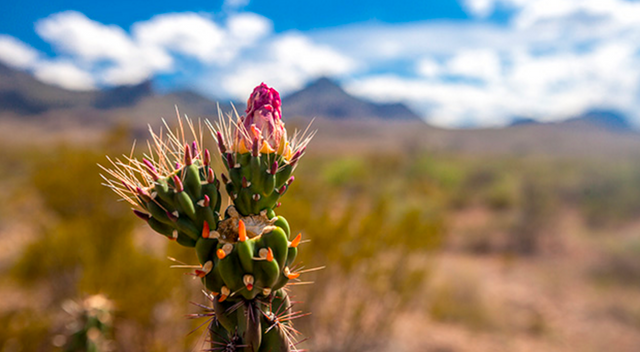
Daniel Villarreal says: "I feel safe more than before. We always came to the rivers with the gun when we came. "
"But now the situation is different. Those who come from below are diminished. We may be able to clean up the area and leave ourselves to ourselves.
During the Bush period, they once came to the family for a fence, but did not get anywhere. Dennie's brother, Renne Villarreal, says that if there is a wall in front of illegal migrants in the short run, there's no problem going on the wall of their land.
He says: "I agree with the wall because it is not permanent. Not forever here. Just as long as the wisdom of the people comes. "
But the problem is not just landlords. Many of the land are traced to the walls of the tribal lands, and their owners have not yet begun to show their opposition. One of these tribes is Tokyo, which is about 120 kilometers from the border in Arizona.
The people of this tribe continue to live on both sides of the border. They consider these lands as their ancestral land, and they have said that if the wall project is to be implemented, try
As many observers have pointed out, a concrete wall from across the country to the rest of the country can not stop people forever, unless border guards supervise it.
John F. Kennedy, secretary of interior security in the United States, said "physical barrier is not enough." According to him, the wall is part of the solution. Manpower and technology (like sensor and tracking tool) are also required.
One of Donald Trump's executive orders at the very first days of his arrival at the White House was the recruitment of 5,000 border officers and 10,000 immigration agents. But the budget requested by his government up to this moment will finance the recruitment of 500 border officers and 1,000 immigration officers.
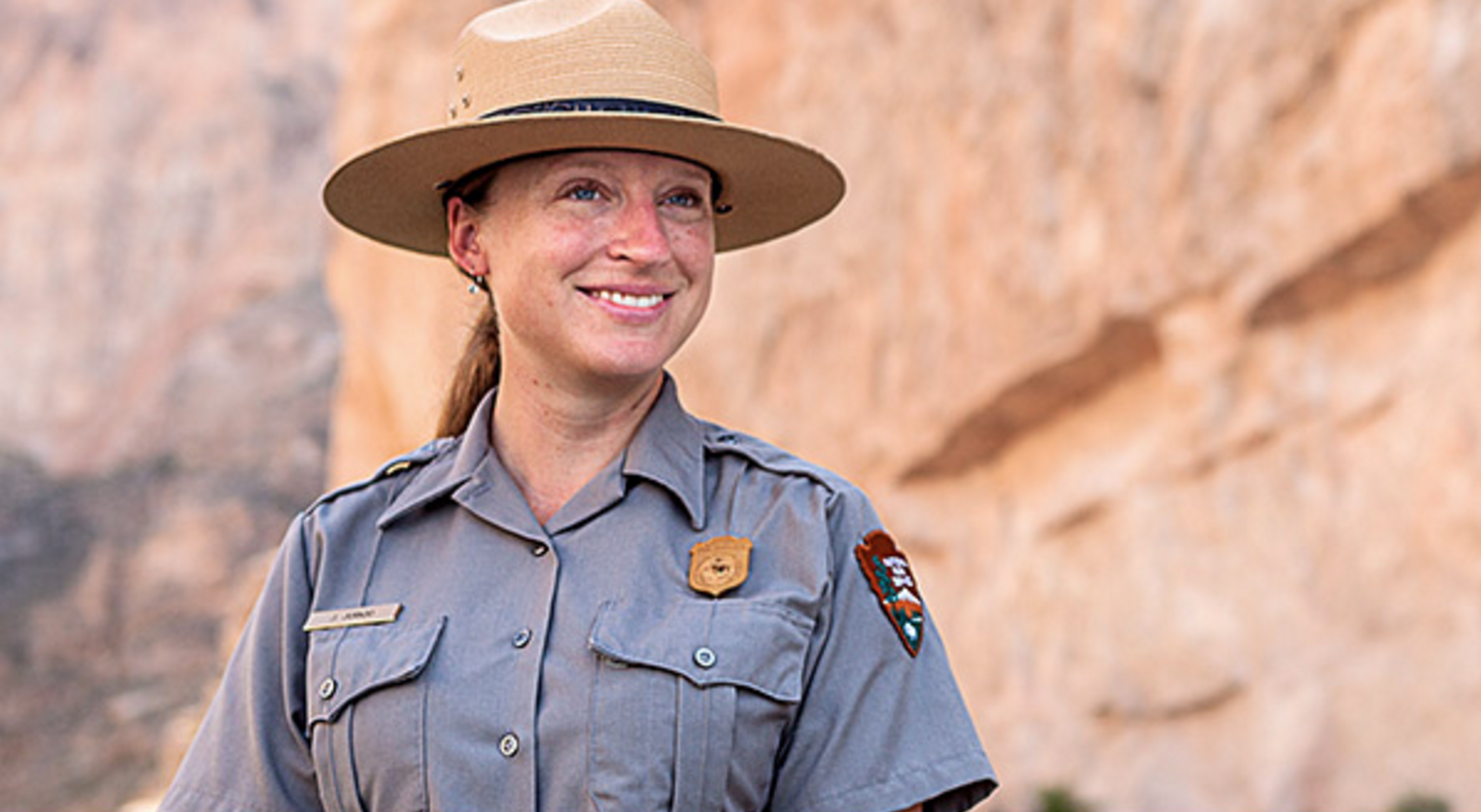
Marlene Castro, a border control official in the Rio Grande Valley, believes that manpower is one of the bases for maintaining border security. He believes that technology will help to understand the situation in the region, and infrastructure structures will enable the agents to handle cross-border issues, but what ultimately guarantees a successful border control is the Carbdle's manpower that can enforce the law.
"You have all the infrastructure and technology in the world, if you do not have the manpower to show a timely and effective response," he says.
Miss Castro believes illegal immigrants entering their territory from the United States have fallen since Donald Trump's arrival. But the attack against him and his colleagues has increased. He believes that the increase in attacks is the result of the anger of those who help to migrate illegally.
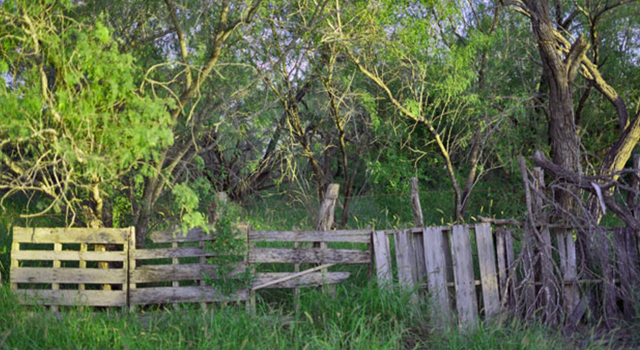
"The smugglers are not happy with the weather ... Of course, this is merely my assumption," he said, "but the traffickers should ask themselves. But I imagine that their business has fallen.
One of the traffickers, known here as the "horse", says that the Bush-era defenses hampered his work, and if a larger wall is built, the smugglers' work becomes "more complicated." However, he believes that the Mexican mafia "are always trying to find a way to go". Eventually only the price goes up.
Tony Estrada, Sheriff Santa Cruz Coventry, agrees that people will finally find a way.
No wall, no matter how beautiful, tall or costly, can not prevent helpless people. People who need and have nothing to lose.
These people come in thousands of kilometers of high-risk roads, pay the highest costs, and see almost all the way to harassment. Do you think that a wall is going to take you? No. Only a barrier is added to their path.
The border closure also affects the economy of the border towns. Also, on US-Mexico economic relations. And that's what many American politicians avoid.
Americans living near the border have a close economic relationship with cities across the border. Many American products across the border in the Mexican cities, and thousands work there. Meanwhile, Mexicans buy billions of dollars each year in border cities.
In addition, Mexico's cheap labor force has led to the creation of several productions - which they call Maciladura - near the border.
These macidades - or, in short, makylas - have tax exemptions and produce and export various goods. This is a treaty for the North American Free Trade Agreement (NAFTA), signed in 1994, according to which the United States, Canada and Mexico took a lot of import tariffs.
The wall may hurt the US-Mexico economic ties. Mexico is the second largest importer of American products, and the United States is Mexico's largest importer of products.
Economic and economic relations between the United States and Mexico are rooted in a statement by Christopher Wilson, deputy director of the Mexican Institute at the Wilson Research Center, and about five million jobs in the United States depend on that. The Wilson Center's research shows that 9.4 million Americans are unemployed if the US-Mexico business relationship is stopped.
Mr Wilson says the economies of the two countries are so entangled that they are no longer just selling the finished goods, but they "produce together"
"The pieces that are being manufactured repeatedly from the inverters go to the anurup. Both the United States and Mexico add something worthwhile. A product that is ultimately exported to countries in the same region or elsewhere in the world.
The Wilson Center's research shows that about half of America's and Mexico's total trade is material and piecework.
Mr. Wilson says: "Both countries connect to the deepest layers"
It's hard to cut US-Mexico trade relations. America saves in Mexico. And this score is in danger.
Jose Antonio Garcia Fuentes, Trailer Resident in Noveau-la-Garde, Mexico
Antonio Garcia Foucence is a trailer driver. She lives in Noveau, Laredo, Mexico. He knows how the people of the two sides are interdependent with experience.
Jose is the head of a transport company with 50 drivers. He goes on a weekly basis between the two countries, worried that the wall would have a negative effect on the business.
"Take into account that instead of a day, 14,000 thousand trains that cross the border every day, say, say, a day goes by for 4,000. See how much the driver is getting unemployed. "
Jose points out another point: if both businesses and businesses, as President Trump promised to return from Mexico to the United States, both countries could be severely affected.
"In America, the workforce is more expensive," he says. Hours are $ 14 per worker. With the same money, you will receive an hourly wage of three Mexican workers. "
"That's why the Mexican-American business relationship can not be stopped," he said. America is spared in MexicoAnd that money will be in danger.
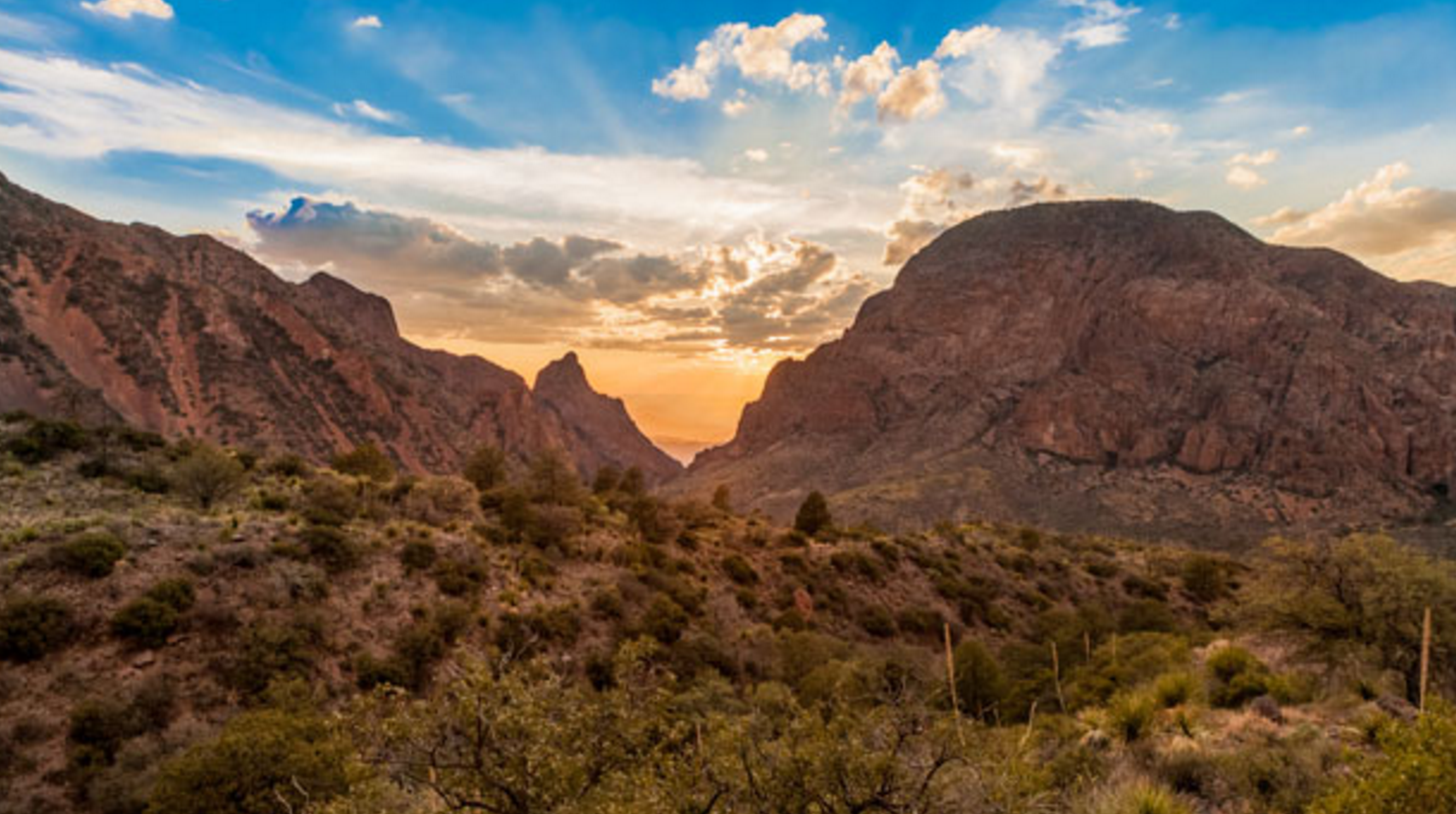
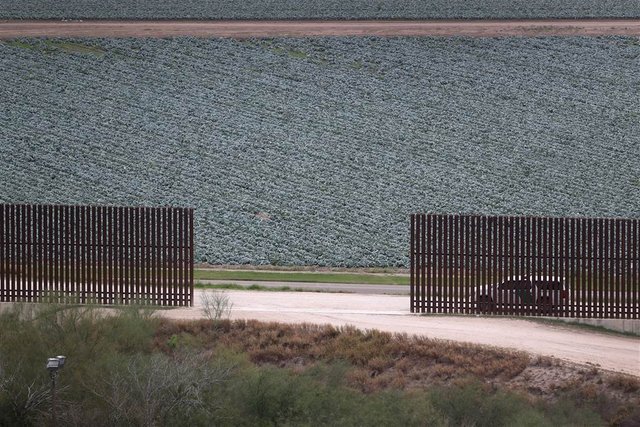
Thank you very much for this post.